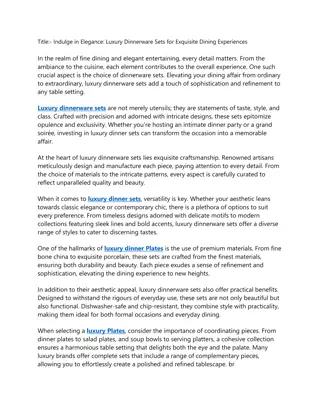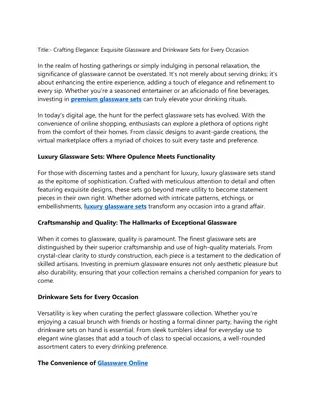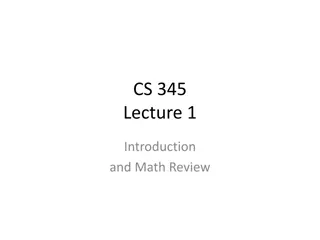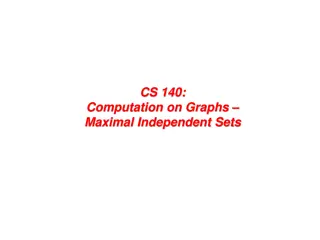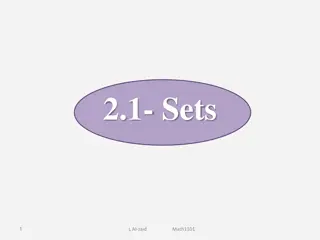
Understanding Set Operations in Python
Explore set operations in Python, including dealing with duplicates, finding overlaps, creating sets, and performing various operations like union, intersection, and difference. Learn how to efficiently work with sets for faster and error-free results.
Download Presentation

Please find below an Image/Link to download the presentation.
The content on the website is provided AS IS for your information and personal use only. It may not be sold, licensed, or shared on other websites without obtaining consent from the author. If you encounter any issues during the download, it is possible that the publisher has removed the file from their server.
You are allowed to download the files provided on this website for personal or commercial use, subject to the condition that they are used lawfully. All files are the property of their respective owners.
The content on the website is provided AS IS for your information and personal use only. It may not be sold, licensed, or shared on other websites without obtaining consent from the author.
E N D
Presentation Transcript
Sets Ruth Anderson UW CSE 160 Autumn 2022 1
Dealing with Duplicates We have voting results from states that are coming in and added to a list: results_list = ["WA", "OR", "CA", "WA", "WA", "OR", "WA"] Which states do we have some results from? 2
Finding Overlap & Combining We have list of states where races have been called: senate_called_list = ["WA", "OR", "NC", "GA"] governor_called_list = ["PA", "OR", "NY"] Which states have had both their senate and governors races called? Which states have had at least one of their races called? 3
Sets Mathematical set: a collection of values, without duplicates or order Order does not matter { 1, 2, 3 } == { 3, 2, 1 } No duplicates { 3, 1, 4, 1, 5 } == { 5, 4, 3, 1 } For every data structure, ask: How to create How to query (look up) and perform other operations (Can result in a new set, or in some other datatype) How to modify Answer: http://docs.python.org/3/library/stdtypes.html#set 2 3 1 4 5 1 3 4
Two ways to create a set 1. Direct mathematical syntax: odd = {1, 3, 5} prime = {2, 3, 5} Note: Cannot use {} to express empty set: it means empty dictionary! Useset()instead. 2. Construct from a list: (also from a tuple or string) odd = set([1, 3, 5]) prime = set([2, 3, 5]) empty = set([]) # or set() 5
Set operations odd = {1, 3, 5} prime = {2, 3, 5} membership union intersection difference \ or - 4 in prime False odd | prime {1, 2, 3, 5} odd & prime {3, 5} odd prime {1} Python: in Python: | Python: & Python: - Think in terms of set operations, not in terms of iteration and element operations Shorter, clearer, less error-prone, faster Although we can do iteration over sets: # iterates over items in arbitrary order for item in my_set: But we cannot index into a set to access a specific element. 6
See in python tutor Practice with sets z = {5, 6, 7, 8} y = {1, 2, 3, 1, 5} k = z & y j = z | y m = y z n = z y 7
Modifying a set Add one element to a set: my_set.add(newelt) my_set = my_set | {newelt} Remove one element from a set: my_set.remove(elt) # elt must be in my_setor raises error my_set.discard(elt) # never errors my_set = my_set - {elt} What would this do? my_set = my_set elt Remove and return an arbitrary element from a set: my_set.pop() Note: add, remove and discard all return None 8
See in python tutor Practice with sets z = {5, 6, 7, 8} y = {1, 2, 3, 1, 5} p = z q = set(z) # Makes a copy of set z z.add(9) q = q | {35} z.discard(7) q = q {6, 1, 8} 9
Aside: Listvs. set operations (1) Find the common elements in both list1 and list2: out1 = [] for elem in list2: if elem in list1: out1.append(elem) ----------------------------------------------------------------------- Find the common elements in both set1 and set2: set1 & set2 Much shorter, clearer, easier to write with sets! 10
Aside: Listvs. set operations(2) Find elements in either list1 or list2 (or both) (without duplicates): out2 = list(list1) # make a copy for elem in list2: if elem not in list1: # don t append elements already in out2 out2.append(elem) Another way: out2 = list1 + list2 # if an item is in BOTH lists, it will appear TWICE! for elem in out1: # out1 = common elements in both lists out2.remove(elem) # Remove common elements, leaving just a single copy ----------------------------------------------------------------------- Find the elements in either set1 or set2 (or both): set1 | set2 11
Aside: Listvs. set operations(3) Find the elements in either list but not in both: out3 = [] out2 = list1 + list2 # if an item is in BOTH lists, it will appear TWICE! for elem in out2: if elem not in list1 or elem not in list2: out3.append(elem) ---------------------------------------------------------------- Find the elements in either setbut not in both: set1 ^ set2 12
Not every value may be placed in a set Set elements must be immutable values int, float, bool, string, tuple not: list, set, dictionary The set itself is mutable (e.g. we can add and remove elements) Aside: frozenset must contain immutable values and is itself immutable (cannot add and remove elements) 13



